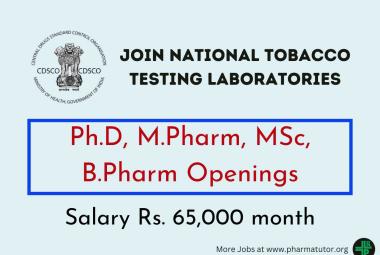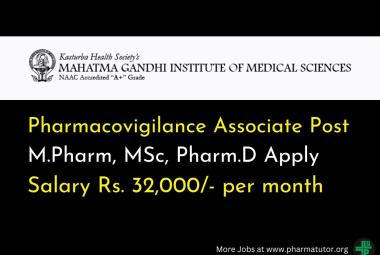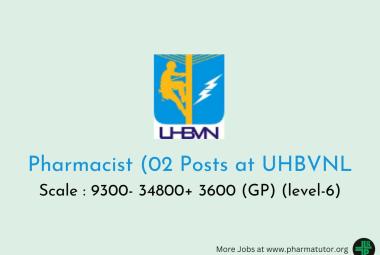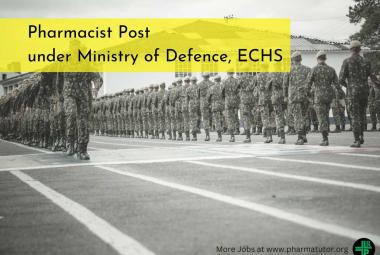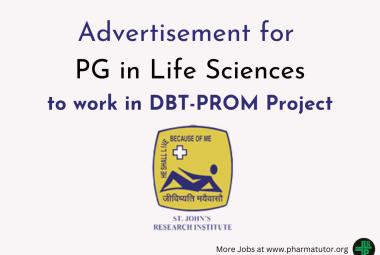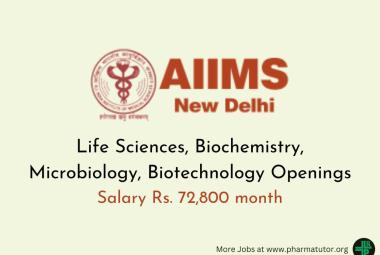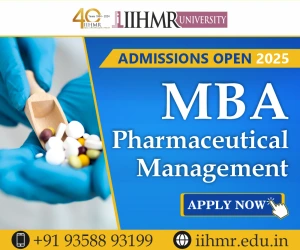A REVIEW ON GASTRO-INTESTINAL DRUG ESOMEPRAZOLE
{ DOWNLOAD AS PDF }
 ABOUT AUHTORS
ABOUT AUHTORS
MNL Aishwarya, E. Anka Rao, M. Niranjan Babu
Department of Pharmaceutics
Seven Hills College of Pharmacy, Tirupati, AP, India
meenumakkhan@gmail.com
ABSTRACT
Esomeprazole is a proton pump inhibitor used to treat gastric problems mainly peptic ulcers. Peptic ulcers are present in around 4% of the population. They newly began in around 53 million people in 2013. About 10% of people develop a peptic ulcer at some point in their life.They resulted in 301,000 deaths in 2013 down from 327,000 deaths in 1990. The first description of a perforated peptic ulcer was in 1670 in Princess Henrietta of England. H. pylori was first identified as causing peptic ulcers by Barry Marshall and Robin Warren in the late 20th century, a discovery for which they received the Nobel Prize in 2005. Esomeprazole comes under non-surgical treatment for peptic ulcers. Though it is an effective drug used for the treatment of peptic ulcers it includes some side effects such as headache, nausea, diarrhea, decreased appetite…etc., optical isomer of omeprazole is called as s-isomer of omeprazole or esomeprazole which is an improved form of omeprazole. Esomeprazole in combination with cardiovascular drugs produces potential interactions and positive effects. This review article provides an evaluation of the literature on the concomitant use of esomeprazole available. The efficacy, safety, tolerability, cost effectiveness, and patient quality of life of this regimen is discussed. A summary of the pharmacokinetic and pharmacodynamic interactions of esomeprazole, Mechanism of action of omeprazole, as well as its effects during pregnancy are also reviewed.


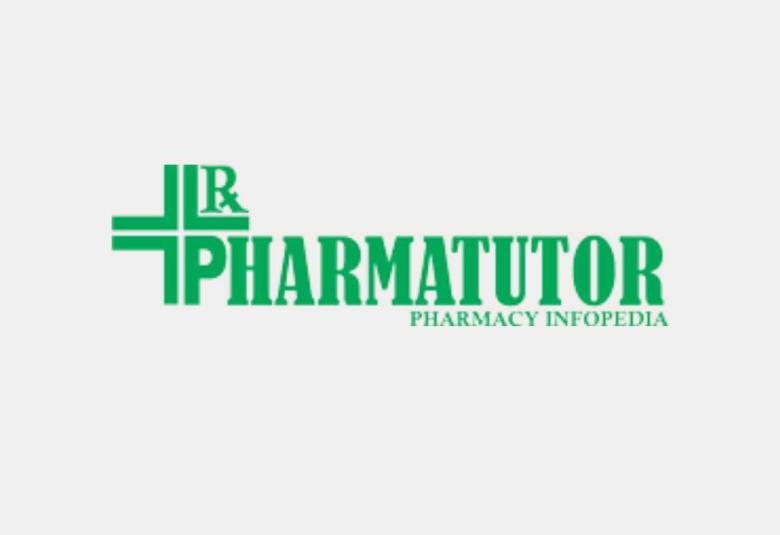
 ABOUT AUTHORS
ABOUT AUTHORS ABOUT AUTHORS
ABOUT AUTHORS ABOUT AUTHORS
ABOUT AUTHORS